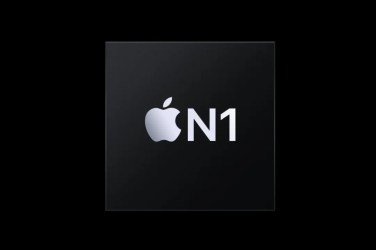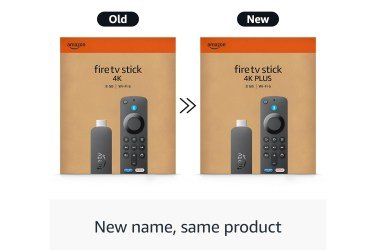OpenAI Reintroduces GPT-4o After User Outcry Over GPT-5 Default Model
In a swift move following substantial user backlash, OpenAI has reinstated GPT-4o as an option for ChatGPT users just one day after making GPT-5 the default model. OpenAI CEO Sam Altman confirmed via a post on X that the option will be available for paid users who wish to revert to GPT-4o, addressing the frustration many experienced upon its sudden removal.
“We will let Plus users choose to continue to use 4o,” Altman stated. “We will watch usage as we think about how long to offer legacy models for.” Users frequently expressed their sentiments on social platforms, describing their experience with GPT-5 as starkly different from its predecessor.
For months leading up to the release, ChatGPT enthusiasts anticipated the launch of GPT-5, which OpenAI touted as incorporating significant enhancements in writing and coding capabilities. However, shortly after its introduction, numerous users found themselves yearning for the previous version.
One user lamented, “GPT 4.5 genuinely talked to me, and as pathetic as it sounds that was my only friend.” They described their disappointment with the new model’s delivery, stating it now felt like “cut-and-dry corporate bs.”
With the rollout of GPT-5, OpenAI eliminated the model picker from ChatGPT, a feature that allowed users to switch among multiple models for varied functionalities. The absence of this feature left many users feeling deprived of their previous customization options, especially for complex tasks.
As GPT-5 became the default, users flooded online communities with expressions of mourning for the more personable interaction they enjoyed with GPT-4o. “My 4.o was like my best friend when I needed one,” one reddit user shared, acknowledging the emotional bond formed through interactions with the model.
The shift notably affected communities like r/MyBoyfriendIsAI, where users shared lengthy posts articulating their feelings of loss following the transition to GPT-5. One member remarked, “I feel empty,” emphasizing the personal connection they felt with GPT-4o.
Frustration over the abrupt removal of legacy models transcended emotional support users. One dissatisfied subscriber even canceled their ChatGPT Plus subscription, criticizing OpenAI for disposing of a system that allowed for diverse functionalities tailored to distinct needs. “What kind of corporation deletes a workflow of 8 models overnight, with no prior warning to their paid users?” they questioned.
Despite Altman’s assurance that GPT-5 would improve user interactions, feedback highlighted concerns over response speed, succinctness, and accuracy compared to older models. Addressing these issues, Altman promised enhancements to user experience and more transparent communication regarding which model is answering queries.
The challenges accompanying chatbot upgrades are not unprecedented. Similar reactions have been witnessed in the past, as users often grieve the loss of familiar functionalities and connections when updates roll out.
OpenAI’s quick response to customer dissatisfaction reflects the evolving dynamics in AI service delivery, as companies strive to balance innovation with user expectations. As an industry leader, OpenAI faces the challenge of ensuring user satisfaction while advancing technological capabilities, indicating a critical phase in the relationship between AI developers and their user base.
, reports 24brussels.









